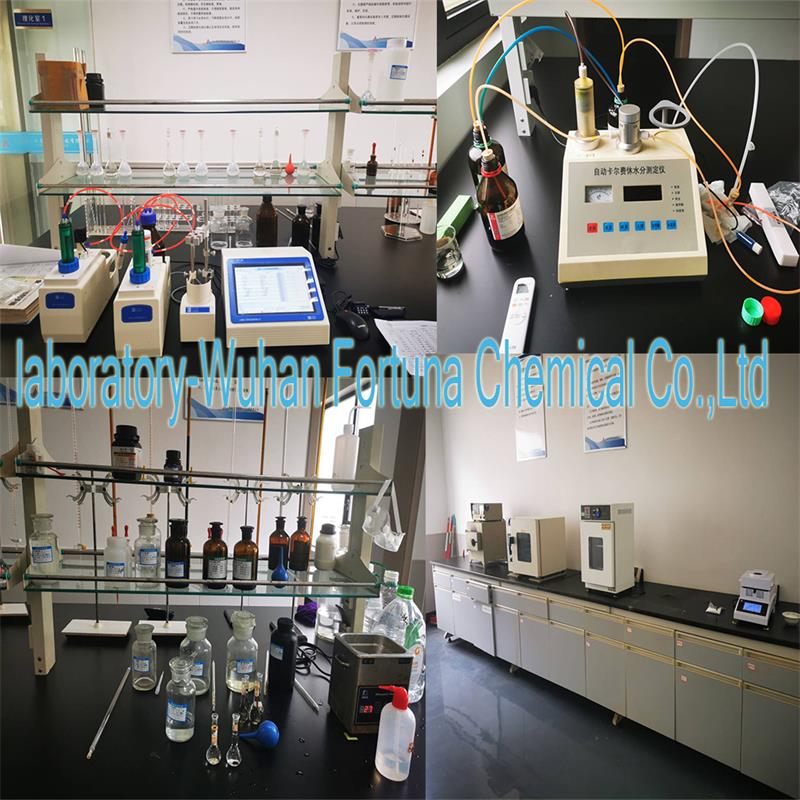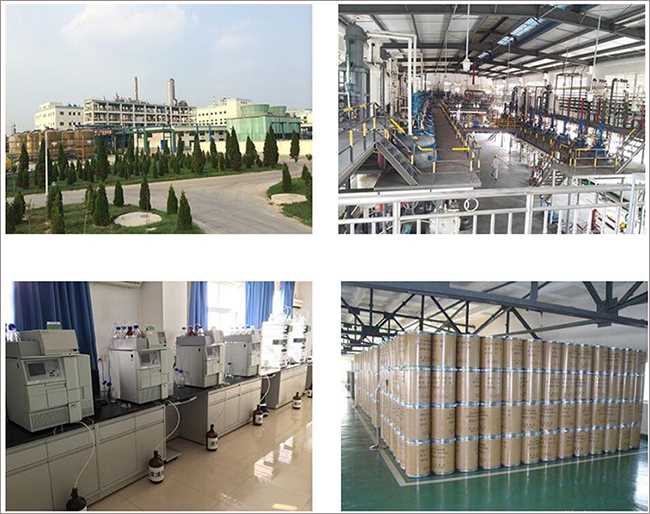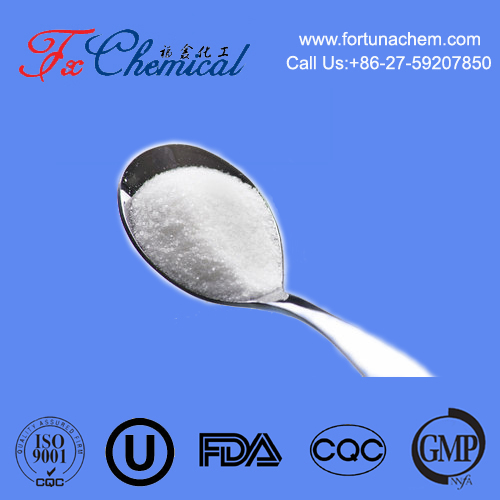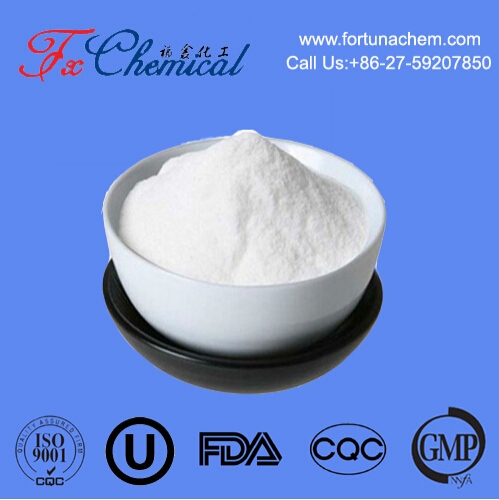
Search

Search











Food & Beverages: Sugar-free sweetener (low glycemic index, suitable for diabetics), humectant (retains moisture in baked goods, candies, and processed foods), texturizer (improves mouthfeel of ice creams, jellies).
Pharmaceuticals: Laxative (osmotic effect for constipation relief), excipient (stabilizer/binder in tablets/capsules), moisturizer in oral care products (toothpaste, mouthwash).
Personal Care: Humectant in skincare (lotions, creams) and haircare (shampoos) to hydrate and prevent dryness.
Industrial: Plasticizer in polymers, raw material for vitamin C synthesis, and component in antifreeze formulations.
Items | Specifications | Results |
Appearance | White crystals | White crystals |
Identification | Meets the requirement | confirm |
Assay (Sorbitol ) | 91.0%-100.5% | 98.17% |
Total Sugar | ≤0.5% | 0.23% |
Water | ≤1.5% | 0.26% |
Reducing Sugar | ≤0.3% | 0.05% |
PH(50% solution) | 3.5-7.0 | 4.89 |
Residue on ignition | ≤0.1% | 0.06% |
Lead | ≤1 mg/kg | <1mg/kg |
Nickel | ≤1 mg/kg | <1 mg/kg |
Heavy metal(as Pb) | ≤5 mg/kg | <5 mg/kg |
Arsenic(as As) | ≤1 mg/kg | <1 mg/kg |
Chloride | ≤50 mg/kg | <50 mg/kg |
Sulphate | ≤50 mg/kg | <50 mg/kg |
Colon bacillus | Negative in 1g | Negative |
Total plate count | ≤1000CFU/g | <10CFU/g |
Yeast &Mold | ≤100CFU/g | <10CFU/g |
Remark | This analysis report is only fit for this batch product. | |
Conclusion | The product conforms to the above specifications. | |
Sorbitol, chemically known as D-sorbitol or hexitol, is a naturally occurring sugar alcohol (polyol) with the molecular formula C₆H₁₄O₆. It is found in small quantities in fruits (e.g., apples, pears, berries) and vegetables (e.g., corn, carrots), but industrially, it is primarily produced via the catalytic hydrogenation of glucose or fructose—feedstocks derived from corn syrup, sugarcane, or sugar beets. This manufacturing process yields a colorless, odorless, viscous liquid or crystalline solid that is highly soluble in water, with a sweet taste (approximately 60% as sweet as sucrose) and a low glycemic index (GI = 9), making it suitable for low-sugar and diabetic-friendly products.
Osmotic Laxative: Administered orally or rectally, it draws water into the colon, softening stool and stimulating bowel movements—used to treat occasional constipation and prepare the colon for medical procedures (e.g., colonoscopies).
Excipient: As a stabilizer, binder, and bulking agent in tablets, capsules, and powdered medications, it improves formulation integrity and aids in dissolution. It is also used in liquid medications (syrups, suspensions) to enhance palatability and prevent separation.
Oral Care: Found in toothpaste, mouthwash, and dental gels, it acts as a humectant to keep products moist and a sweetener that does not contribute to cavities. It is also used in lozenges and throat sprays to soothe irritation.
Plastics & Polymers: Used as a plasticizer in biodegradable polymers (e.g., polylactic acid, PLA) and cellulose-based materials, improving flexibility and processability. It is also a component in polyurethane foams and resins.
Chemical Intermediates: A key raw material for the synthesis of vitamin C (ascorbic acid) via the Reichstein process, where sorbitol is fermented to sorbose and then oxidized to ascorbic acid. It is also used to produce sorbitan esters (emulsifiers) and polyols for polyurethane production.
Other Industrial Uses: Added to antifreeze and deicing solutions to lower the freezing point; used in printing inks and adhesives to improve moisture resistance and adhesion; and employed in the textile industry as a humectant and softener for fabrics.




Fortunachem Provides Not Only Professional Chemical Products But Also Professional Help
Keeping you up-to-date with all the latest information, news, and events about Fortunachem!

Quick Links
Add:
E-mail:
 English
English  Español
Español  français
français  العربية
العربية 

-Xylose主图.jpg)




